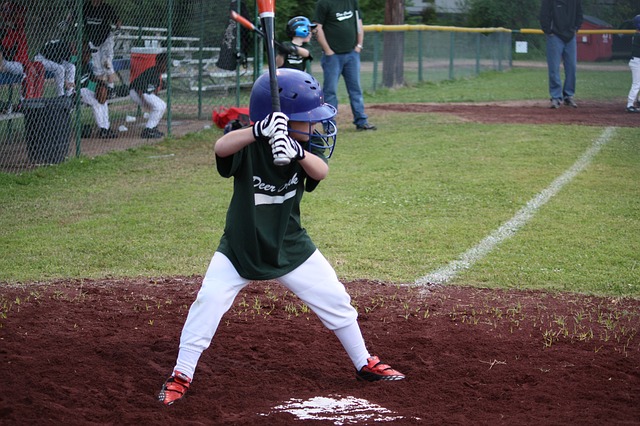
John O'Sullivan provides 5 tips for overcoming the relative age effect in youth sports. John is on the forefront with changing the culture on youth sports. His latest article is on point.
5 Tips for Overcoming the “Relative Age Effect” in Youth Sports
by John O'Sullivan
Simply put, the “Relative Age Effect” is the correlation between arbitrary age cutoffs in sports and the statistically high success ratio of kids with birthdates within a few months of those cutoffs. In the 1980s Canadian psychologist Roger Barnsley drew attention to the story of relative age in youth hockey players. Barnsley noticed that an extraordinary number of elite youth and professional hockey players had birthdays in January, February, and March. In the Ontario Junior Hockey league, nearly five times as many players were born in January than November. This held true for elite eleven- to thirteen-year-olds and again for players in the NHL!
He eventually discovered that in any group of elite hockey players, 40 percent will have been born between January and March, 30 percent between April and June, 20 percent between July and September, and 10 percent between October and December! Is it the least bit surprising to know that the age eligibility cutoff for Canadian junior hockey is January 1?
One of our biggest problems in youth sports is that we organize children chronologically instead of developmentally. While this certainly makes it easy to organize and segregate classes and teams, it puts our preadolescent children (ages five to thirteen) into situations where some may have a head start, or be denied one, because of birth month. Sure, two kids may be seven years old, but there may be eleven months of additional development for the child born in January. That difference can be huge at this age and affect them for the rest of their lives.
When we segregate our youth athletes too soon – age 7 to 10 is pretty common across all team sports – the effects are amplified. As a result, studies in nearly every sport indicate that athletes born in the first three months after the calendar cutoff are overrepresented, and those in the other 9 months, especially the last three months, are under represented.
We then take those “top” athletes and give them the best facilities, the best coaching, better teammates to play with, and stronger opponents to play against. From a very young age, these “elite” kids are given a special advantage that other, oftentimes slightly younger kids are not.
Over the course of a year, the differences in performance may be small and not that noticeable. But when we project better coaching, stronger opposition in training and games, and additional positive reinforcement over ten years, we realize that we are creating athletes who have been trained better, and who have more self-confidence than many of their peers, all because of the early “tryout” they went through when they were very young. This is a result of what sociologist Robert Merton calls the self-fulfilling prophecy, where “a false definition, in the beginning … evokes a new behavior which makes the original false conception come true.”
Children who were selected as gifted at a very young age, often only because of relative age, become gifted, smarter, stronger, faster, and more talented because they turn the higher expectations placed upon them into reality. As such, your young hockey or soccer player is four times more likely to make a travel team if he is born in the first three months of the year, and not the last three months.
Many talented young athletes are funneled out of the developmental pipeline far too soon, and then quit because they perceive their struggles to be a lack of competence instead of delayed physical growth. Our system often eliminates almost 50 percent of our potential elite performers because of the month they were born. It is crazy!
But please, do not lose hope!
There is some good news if your child can overcome the Relative Age Effect. Numerous studies have found that those ‘young’ athletes who overcome the effects of relative age are often among the most successful professional athletes based upon average salary (in soccer), length of career (in handball) and draft position (in NHL hockey). Researcher Dr. Joe Baker has hypothesized that “relatively younger athletes who are able to continue in a system that may be biased towards their relatively older counterparts may end up developing superior skills…through competing against larger, more capable opponents during key stages of development.”
Further reading for more research
A study on junior tennis players from 1994 through 2002
A 2006 study on 55 Serbian U14 soccer players in professional youth teams
What is a Parent to Do?
The good news is that many sporting organizations are trying to address relative age in athlete development (see this article about US Soccer’s new national camps for late bloomers). If you have late bloomers in your midst, here are five suggestions to give them the best chance of continuing in sport and reaching their potential.
Read John O'Sullivan's 5 Tips for Overcoming the “Relative Age Effect” in Youth Sports here








